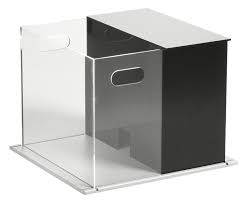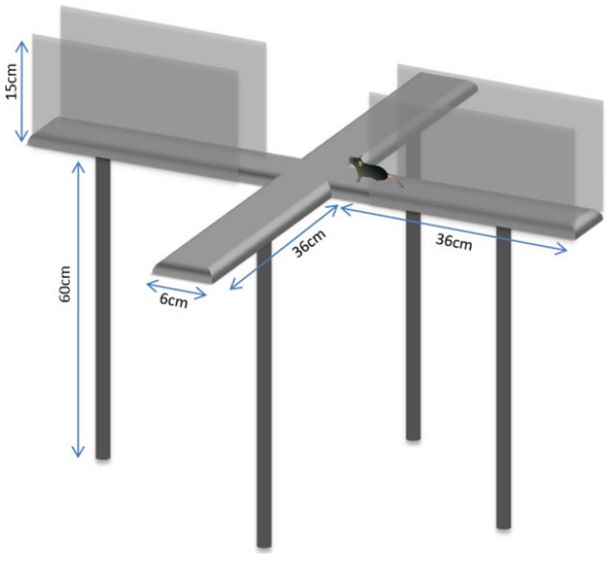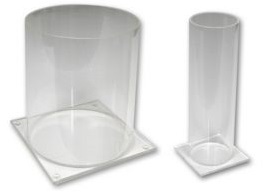Models of Anxiety & Depression
Anxiety is a multifactorial condition, which is often associated with depression or other mental illnesses. Approximately 80% of adults with depression reported symptoms of anxiety, and anxiety disorders can be successfully alleviated by most approved antidepressants. However, there has been little progress made in the understanding of the underlying mechanisms or the identification of novel efficacious therapeutics. Greentech provides multiple animal models of anxiety or depression for screening of anxiolytic and antidepressant compounds.
Animal Models of Anxiety
| Tests | Descriptions |
Light-Dark Transition Test
| The light/dark box (LDB) consists of a dark chamber and a light chamber, connected by a small tunnel. The light-dark box test is used to investigate the unconditioned anxiety response of rodents, hence, it is useful in identification or screening of anxiolytic and anxiogenic agents. |
Elevated Plus Maze Test, EPM
| The elevated plus maze consists of four elevated arms forms a plus shape
(Fig 2). Two of the opposed arms are walled and the remaining two opposed arms are open. The elevated plus maze test is one of the most widely used, well-established tests for measuring anxiety-like behavior. The anxiety is assessed by the amount of time spent in the closed arms versus the open arms. |
Animal Species
Mice, SD rats, Wistar
rats
Clinical Assessment
(1) Light/dark box test
or elevated plus maze test
(2) Sedative-hypnotic
effects should be ruled out: voluntary physical activities, sleep time,
subthreshold sleep time, EEG
Animal
Models of Depression
| Tests | Descriptions |
Tail Suspension Test, TST
| The tail suspension test is an inexpensive and simple tool for high-throughput screening of antidepressant compounds. In this test, the rodent tails are suspended with adhesive tape for 6 minutes, and the immobility time is measured. The depressive-like behavior is demonstrated by increased immobility times. The TST is used only with mice, but not with rats due to the larger weight and size. |
Forced Swim Test, FST
| The forced swim test is a quick, inexpensive, simple tool for drug screening. This test is an important behavior test to measure the response to an unpleasant environment. In this test, a mouse/rat is placed in a transparent cylindrical tank that is filled with water for 6 minutes and the immobility time is measured in the last 4 minutes. |
Animal Species
Mice or rats
Clinical Assessment
Immobility time
References
1. Wang Q, Timberlake MA 2nd, Prall K, Dwivedi Y. The recent progress in
animal models of depression. Prog Neuropsychopharmacol Biol Psychiatry. 2017
Jul 3;77:99-109. doi: 10.1016/j.pnpbp.2017.04.008. Epub 2017 Apr 8. PMID:
28396255; PMCID: PMC5605906.
2. Kraeuter AK, Guest PC, Sarnyai Z. The Elevated Plus Maze Test for Measuring Anxiety-Like Behavior in Rodents. Methods Mol Biol. 2019;1916:69-74. doi: 10.1007/978-1-4939-8994-2_4. PMID: 30535682.
Inquiries
Request a quote now, or email us at BD@greentech-bio.com to inquire about our services or obtain a quote for your project.
















